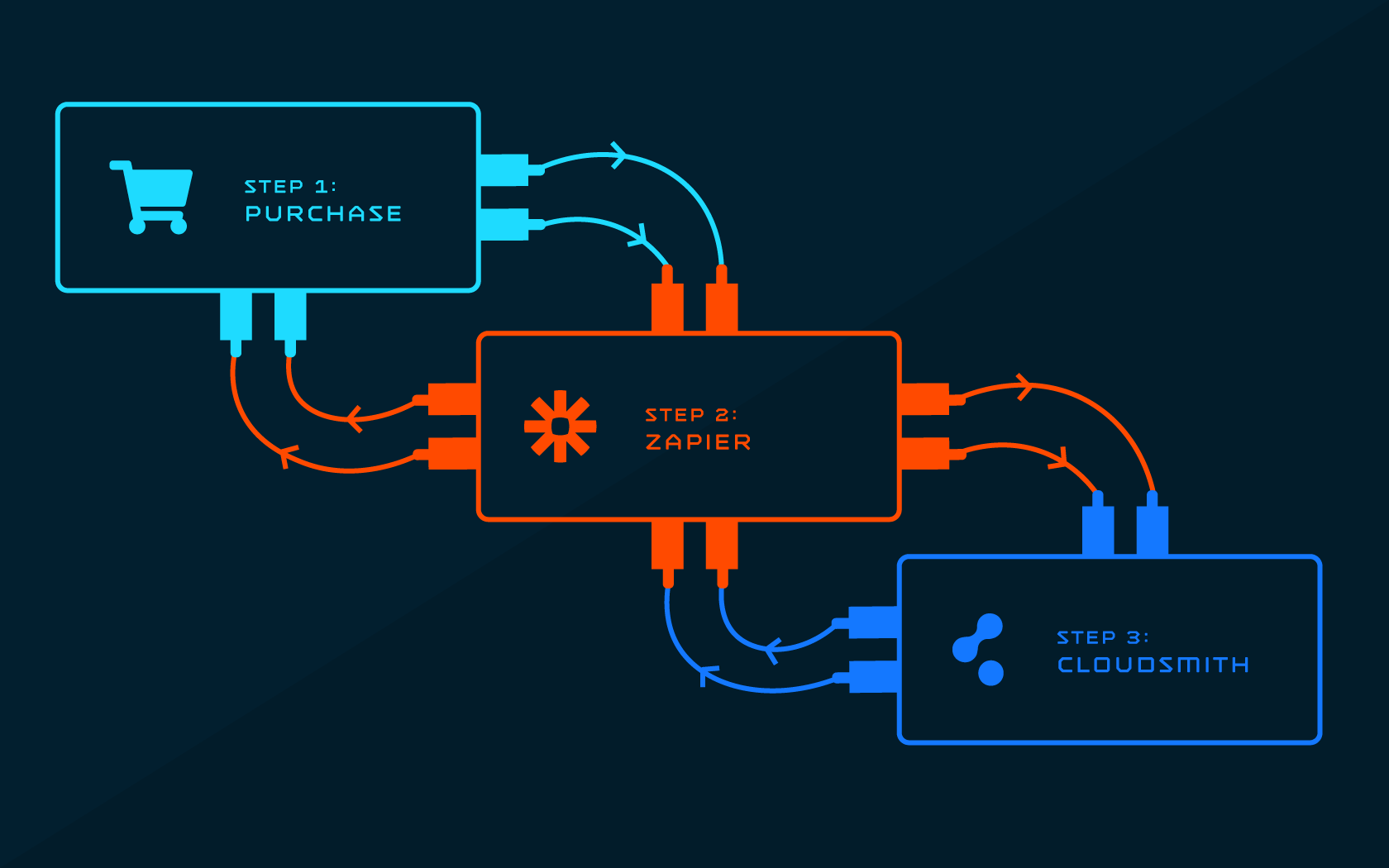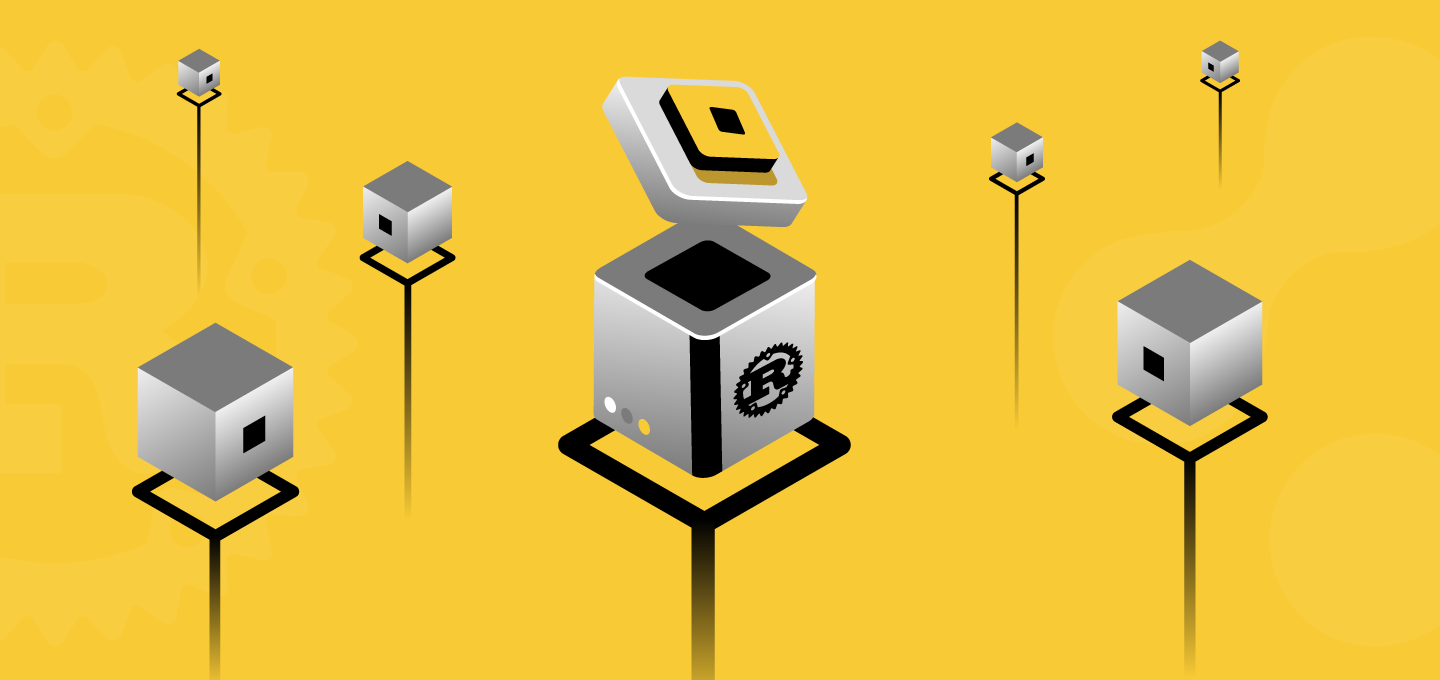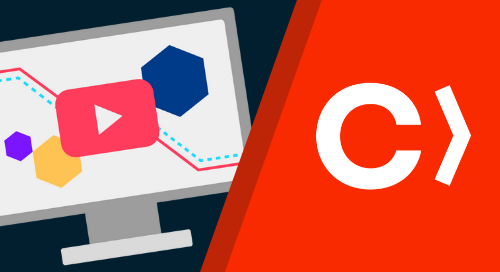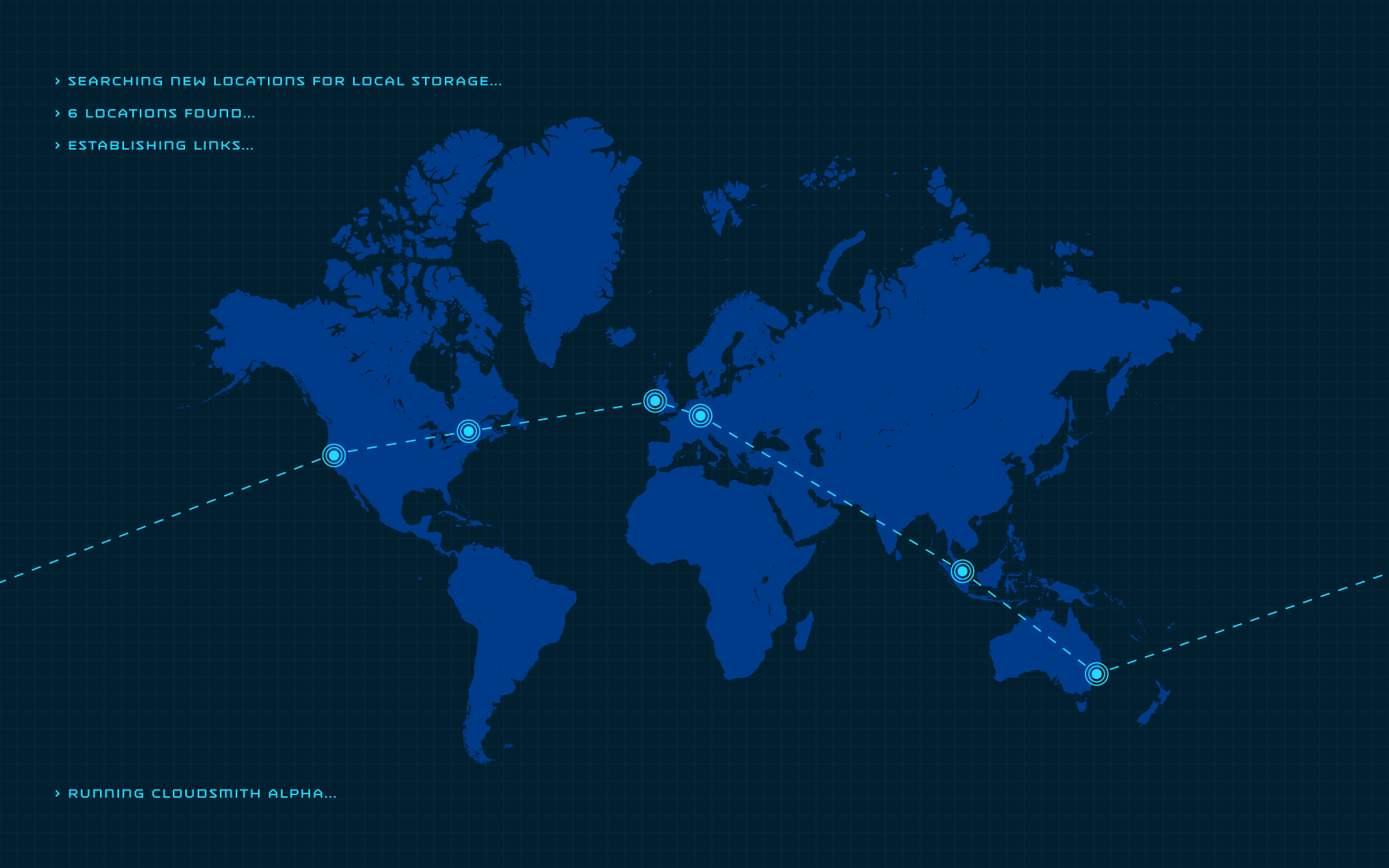
Why We Do Customer Support Differently

At Cloudsmith we’re proud to do things differently. And when it comes to customer support and success, our customers are delighted that we do.
Here’s the thing: in huge numbers of organizations, both in the Saas universe and beyond, customer support is broken. Anyone reading this who has tried and failed to get timely, meaningful answers from a vendor when things go wrong knows this is true.
And even if it is just a case of finding out ways to get the most value out of a Saas product we all know it can take a huge amount of time and effort (mostly our own) to make it happen.
So if being different means not actively sucking when it comes to helping our customers succeed, we’re guilty as charged.
What Has Gone Wrong...
Given that customer satisfaction is such an important metric for a Saas business, it is surprising that the default setting when it comes to customer support is somewhere between ‘low’ and ‘none’. After all, if our customers don’t get value from the product and can cancel at any time, we all know what happens next…
As always, fixing something starts with understanding what went wrong. We don’t claim to have thoroughly researched this phenomenon, but at the same time we watch, listen and learn - and notice what’s going on.
Here’s a best guess as to the factors behind a failing customer support function:
- The temptations of online documentation. Everyone knows that nobody reads the manual. But we sure do keep writing them. Worse, the rise of online documentation has only encouraged this trend. Writing the manual has become easier than ever! Never mind that the user would prefer a product that worked intuitively. That’s hard. So we revert to creating a sea of information that struggling users have to navigate their way through.
- A reliance on user communities. A little like documentation, there’s absolutely nothing wrong with communities in themselves. In fact, just like documentation, they can be fantastically useful. But they aren’t an alternative to a properly resourced customer success function.
- Customer support as a last line of defense. This is probably the big one. Too many organizations now see customer support as a cost center: when the approaches above have failed, a real human being steps in before things get out of hand. This is a fundamentally negative view of the function, and negative things don’t get the focus and resources that perhaps they should. We see things differently.
- Customer support and success are isolated from the business. As businesses grow, specialization happens. That isn’t always a bad thing, but it often means that customer support suffers. An entire function of the organization becomes removed from the day-to-day business of product development, and as a result becomes worse (not better) at helping customers get the most from the product.
- The need for revenue. Customer support is what happens when your product isn’t working (and yes, if it is too opaque for a user to get started without your help, it isn’t working). Is that really something to look at as a source of revenue? Perhaps you could make more revenue by making the product worse! Unfortunately way too many business models rely on ‘services revenue’ - and customers who won’t pay get poor support.
All these factors and more play a part. And they add up to frustrated customers. We know, because we hear these complaints frequently from new customers who arrive at Cloudsmith after giving up on one of the alternatives.
The purpose of this piece isn’t to talk about how great our service is, but nor will I pretend we don’t get told on a regular basis how much our responsive and helpful attitude to customers is appreciated. So let’s talk about how we do it.
...And How Cloudsmith Does Things DIfferently
It’s easy to talk at length about what is wrong. See above! But how do we fix things?
The first step is the most important: start meaning it, and act as you mean it, when you talk about how important your customers are.
If customers are important, start acting on it. Stop looking at customer support, and customer success, as a bolt-on, ‘responsibility’ or cost center. Look at it as perhaps the most important function in the business.
That means being responsive because you want to be responsive. Because every conversation is an opportunity to learn and improve. We see Cloudsmith as a ‘whole product’, and we see the conversations and interactions we have with customers as a part of that product. Not an extra.
Part of that, by the way, is an obsessive focus on making the product easy-to-use and as indestructible as possible. Prevention is better than cure. Cloudsmith is cloud-native because we wouldn’t wish the hassle of managing an on-premises solution on our worst enemy. Our motto is “be awesome, automate everything”, because we know that when we automate we reduce the risk of problems caused by user error.
In other words, customer support and customer success are hard-coded into the product from day one.
Even so, things can go wrong. When they do, we accept that people don’t want to read a manual (even though, of course, we have awesome documentation) or check with a community. They want to talk to someone, and they want to talk to someone who knows what is going on.
That’s why we don’t have a customer support team. We have an engineering team, who talk to customers every day.
We believe that the best people to help our customers use the product are the people who wrote it. Customers get the best support possible. We get the kind of insights around product usage that we never would through any other means.
To do that we open up channels of communication that might make others nervous. We are freely available on Intercom at any time. For customers who really want to get close we share Slack channels.
And because we automate everything, those conversations focus around how best to use the product and where best to start delivering value, rather than firefighting 24/7. So they are super productive for everyone involved.
Again, if we start from the customer being important, this feels normal. For those who start from the customer being a problem to keep at bay, then it seems more like insanity. Which one are you?
Ultimately, we want our customers to learn from us, and we want to learn from them. And that isn’t just about keeping the platform up and resolving issues around usage. It is also about delivering maximum value, and discovering what can be done with package management together.
That’s our approach. It’s how we see customer success differently. It’s why in the entire two years of our existence we’ve lost fewer customers than you can count on the fingers of one hand.. Yes, it helps that we aren’t a huge, unwieldy global organization. But we truly believe that our approach can and will scale.
In fact, it needs to. Because it is at the heart of the Cloudsmith promise.
More articles


Announcing Native Cargo Uploads In Cloudsmith!

Introducing Cloudsmith For CocoaPods

Getting Started with CocoaPods and Cloudsmith

We’re Making The Cloud Faster With Local Storage And Edge Caching
